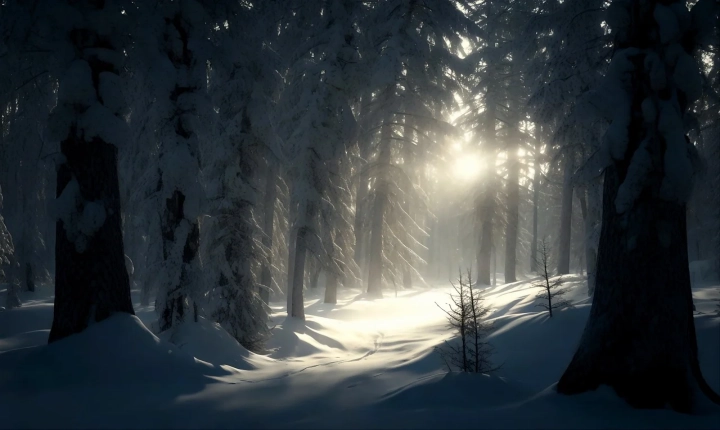Is AI Art Real? The Intersection of Creativity and Technology
Artificial intelligence (AI) has become an increasingly prevalent presence in the art world, raising questions about the authenticity and validity of AI-created artwork. Can a machine truly be considered an artist? Is AI-generated art as valuable and meaningful as human-created art? These questions challenge our traditional notions of creativity and the role of technology in the artistic process.
AI art is not a new phenomenon, but recent advancements in AI technology have elevated the capabilities of machines to produce art that rivals human creations. One of the most famous examples is the “Portrait of Edmond de Belamy” created by the algorithmic system called GAN (Generative Adversarial Network) developed by the Paris-based art-collective Obvious. The painting sold for a significant amount at auction, prompting intense debate about the role of AI in the art world.
Critics argue that AI-generated art lacks the depth and emotional resonance present in human-created art. They claim that without the human experience and emotion, AI art is merely a superficial imitation of true creativity. However, proponents of AI art argue that technology has its own unique perspective and potential for creativity. AI systems can analyze vast amounts of data and discover patterns and connections that may elude human artists, resulting in innovative and unexpected artworks.
One of the defining characteristics of art is its ability to evoke emotion and provoke thought. Many argue that AI-created art is devoid of this capability, as it is generated based on algorithms and data rather than genuine human experience. However, AI-generated art has the potential to challenge our understanding of creativity and push the boundaries of artistic expression. By harnessing the computational power of AI, artists can explore new techniques and produce art that may not have been possible through traditional means.
The debate around AI art also raises important questions about authorship and authenticity. Can an AI system truly be considered an artist, or is it merely a tool used by human creators? The intersection of AI and art blurs the lines between creator and creation, challenging our preconceived notions of artistic agency.
Some believe that the rise of AI art signals a democratization of creativity, as it opens up new possibilities for individuals without traditional artistic training to engage in the art-making process. AI tools can provide accessible platforms for people to explore their creativity and produce visually striking artwork, potentially democratizing the art world in new and exciting ways.
Ultimately, the question of whether AI art is real is a complex and multifaceted one. It forces us to grapple with the evolving relationship between technology and creativity, and challenges us to reconsider the boundaries of artistic expression. As AI continues to advance, it is likely that the role of AI in the art world will only become more prominent, sparking further exploration and discussion on the nature of creativity and the definition of art. Whether or not AI art is considered “real,” its impact on the art world is undeniable, and its significance will continue to shape the future of artistic expression.
